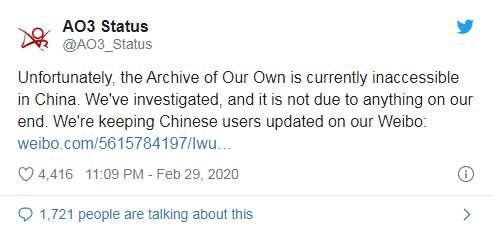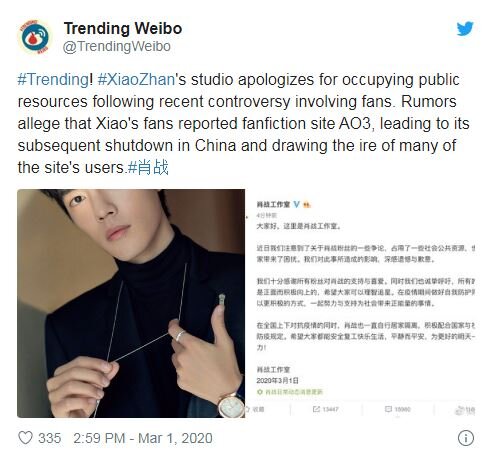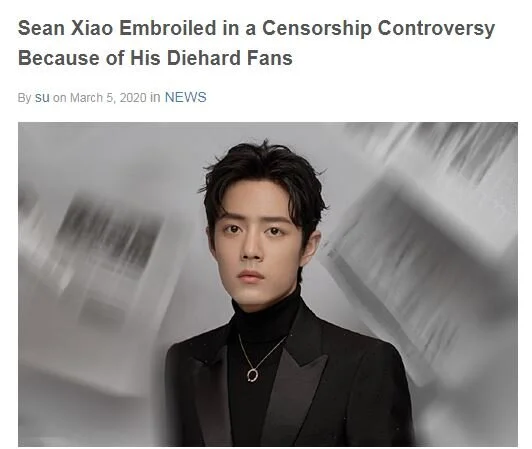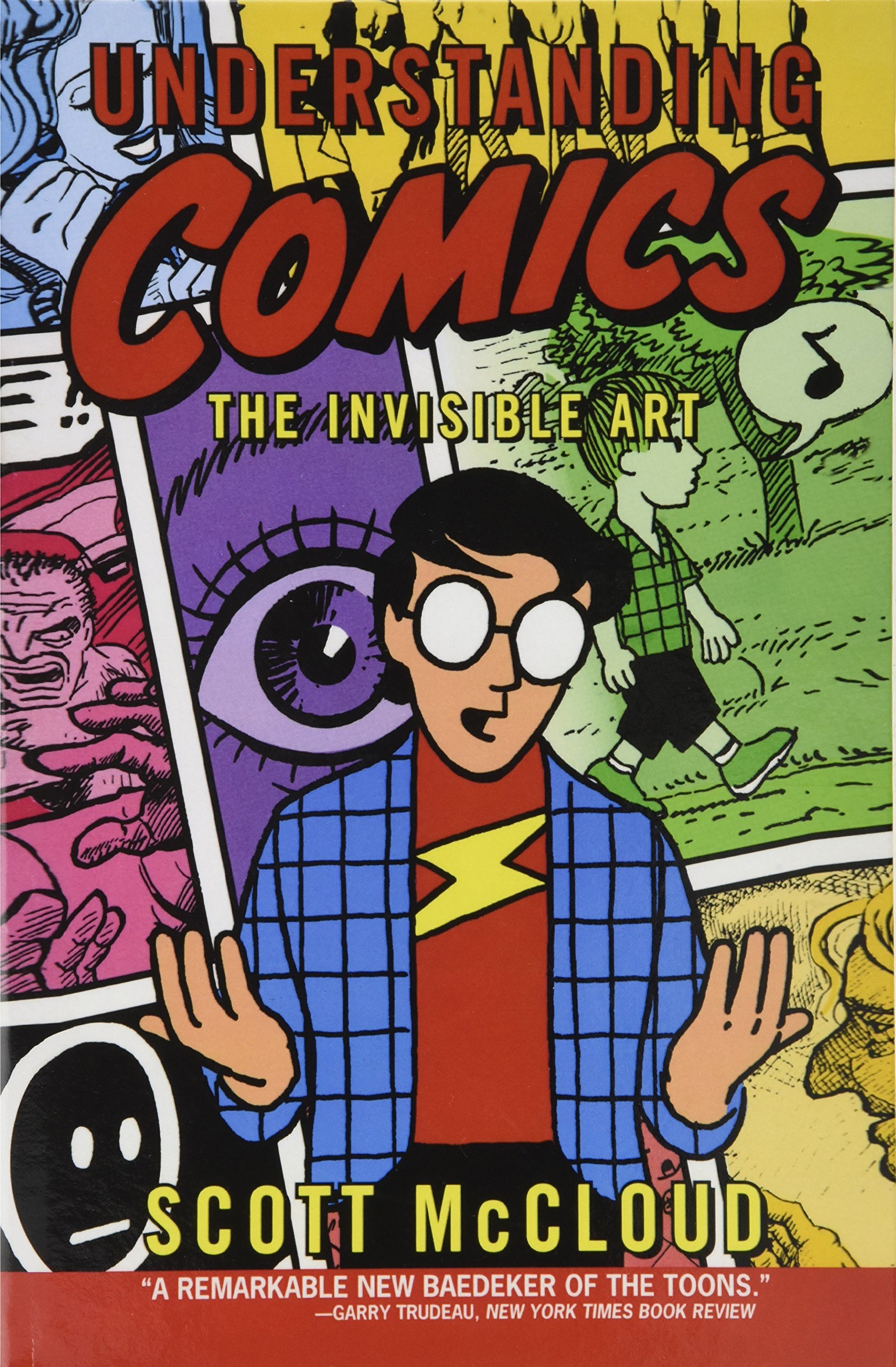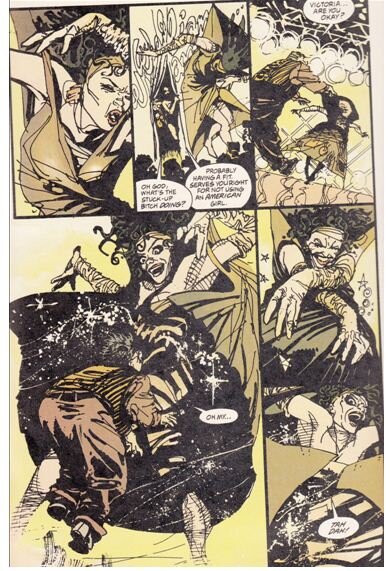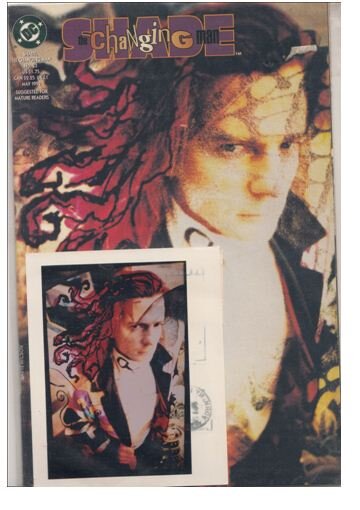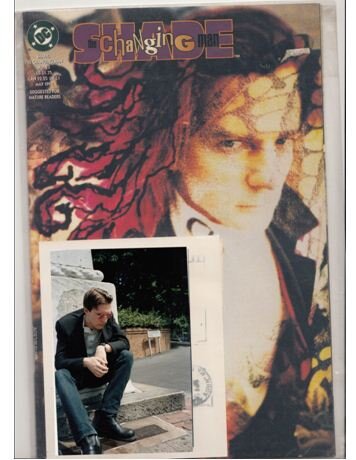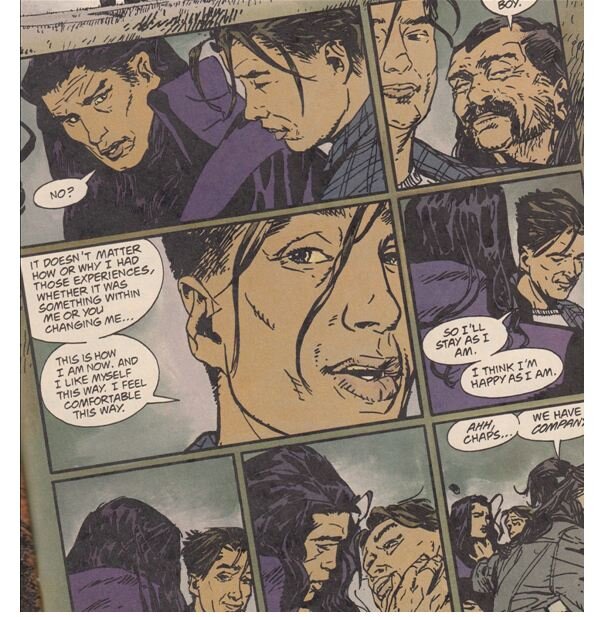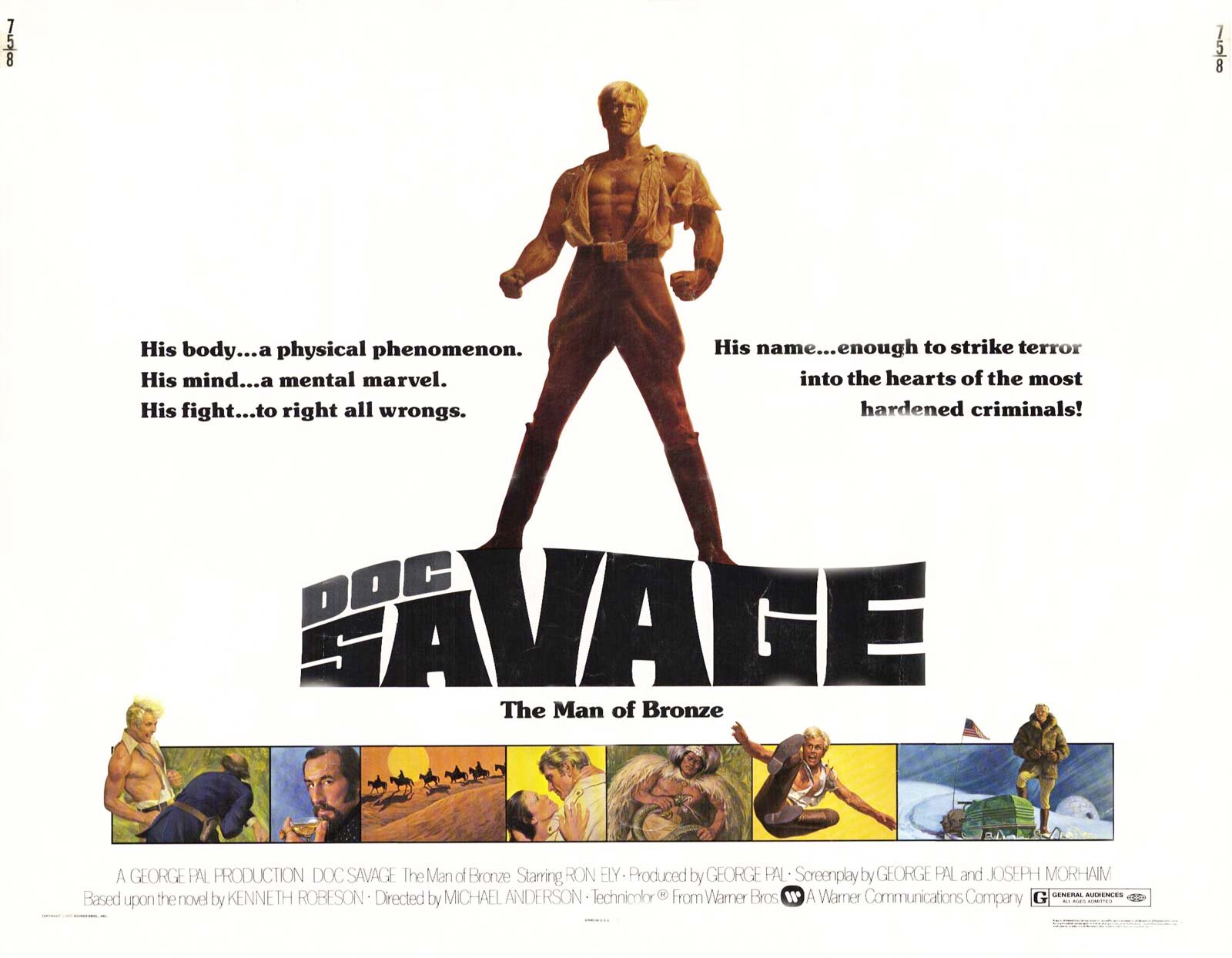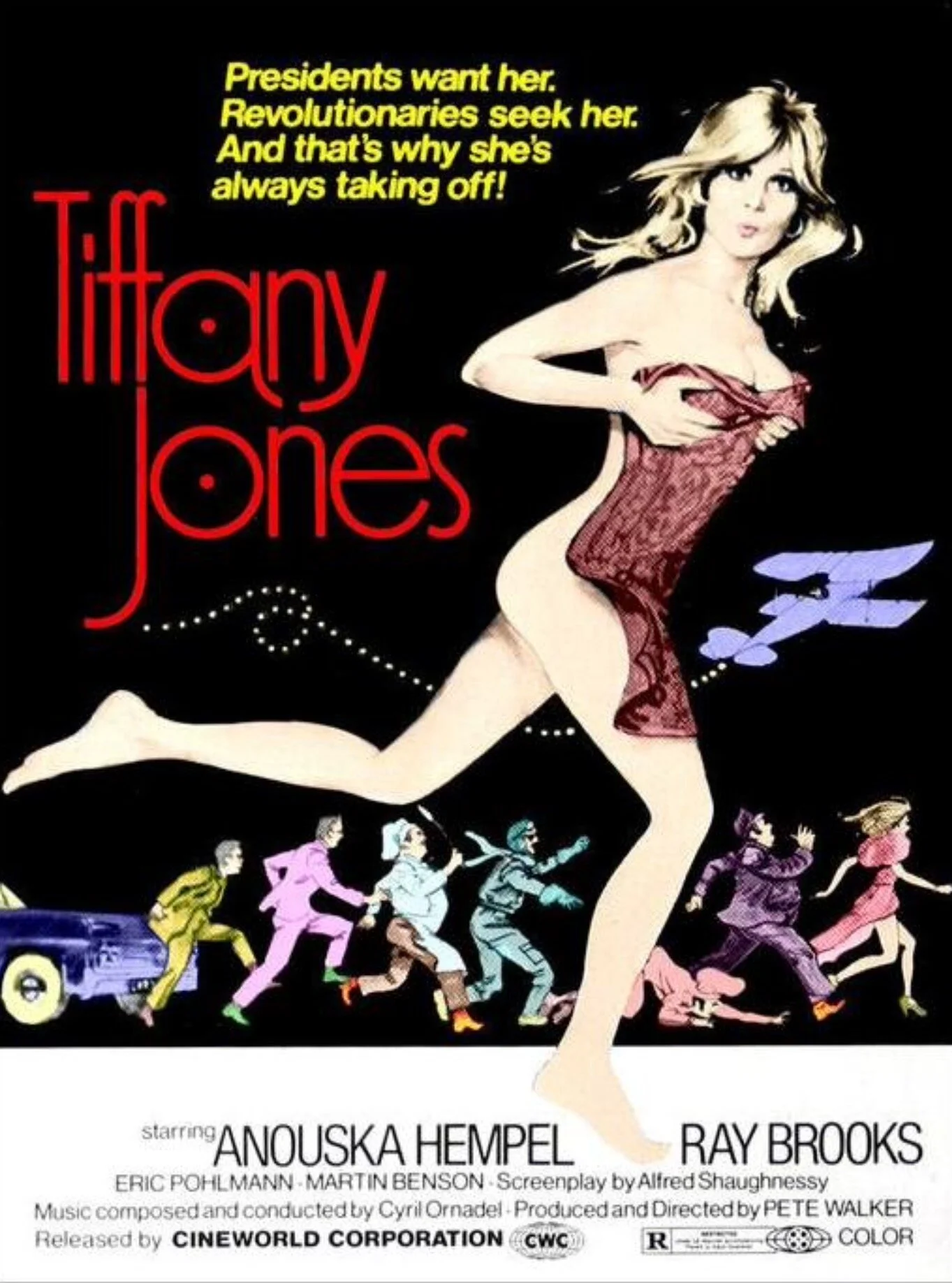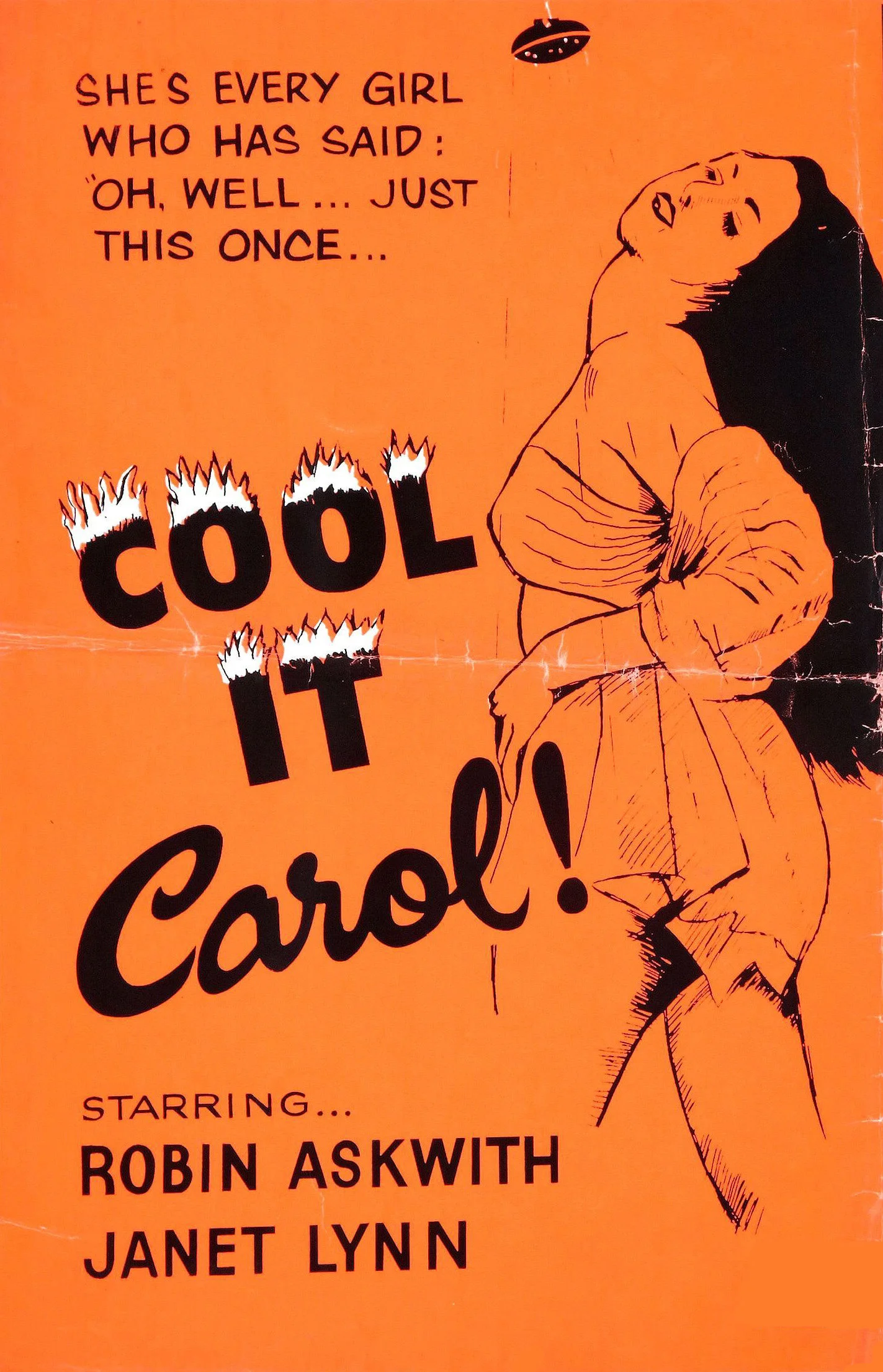Popular Culture & The Civic Imagination: Youth Culture and Civic Imagination After the Arab Spring (2 of 2)
/The chapter ends on a hopeful note of reimagining a better future, one contingent on these subjects coming of age and implementing their politics in order to ameliorate what they see as problems. The rest of the article, however, is emphasizing critique, remixing, and a sense of deconstruction. Could you elaborate on how these youths are using these deconstructive projects to create a constructive new vision for their nation?
While we conclude that there is not one explicit alternative that these youth are drawing, there is a common theme of pushing out the things they do not want and bringing in the things they do want. If we look at the content together maybe an apt metaphor would be that of a brainstorm.
They deconstruct the sanctity of figures of authority and morality. This is something that Yomna has explored deeper in her work (including this article and her dissertation titled "Modes of Cultural Resistance Post-Arab Spring: Humor, Music and the Making of a New Digital Identity").
When I connect this to the civic imagination workshops, a few of which I have helped facilitate, there has to be an agreement when you walk into the room that the way things look right now does not have to be the way things look in the future. People who hold power, figures of authority or morality, individuals who make decisions for large groups of people do not have to be the same in the future as they are now. The rules that apply to this world need not apply to the world we build. Based on this agreement, the participants in the workshop begin drawing images and telling stories about the world they want to see. This is also how online creative content (like the data analyzed in our chapter) works. There are many more participants, and it is not an organized effort, but each person is taking part in drawing the image of what we can have and what we should leave behind in the future.
Without deconstructing, the new images cannot come forward. In the civic imagination workshops we have referred to this as the "tyranny of the possible." If participants are controlled/haunted by the rules of how the world currently operates, they will not be able to imagine imaginative solutions. They must first deconstruct/let go of these rules in order to make room for the imagination. What happens online is that once you enter that page marked by the "just for fun" title or the quirky hashtags you know you have entered a space of play and imagination, where the usual rules do not necessarily apply.
Elaborate on your choice of Facebook as the platform of study? What is the major difference between this platform and others that also house memes, like Reddit or 9Gag?
The most dominant social media platforms in the Middle East region are all owned by the Facebook company. Facebook tops the charts in terms of number of users in the Middle East, followed by WhatsApp and Instagram. While Instagram remains more common among youth (broadly defined as 12-35), Facebook and WhatsApp are used by different age groups. Content ranging from humorous memes and videos to political, social, and religious subject matter is shared on and across these networks.
When it comes to Reddit and 9Gag, these two platforms have a different type of community. The content is predominantly in English, and while there are subreddits focusing on content related to the Middle East or the Arabic language, this content is not as common and does not circulate as widely as it does on the platforms like Facebook and Instagram. While Reddit and 9Gag remain key platforms in the early days an Internet meme begins to spread, they do not have the same function when it comes to Arabic memes.
Moreover, since the type of content we were looking at was not searchable by using a key term or hashtag, we collected data through access to communities on Facebook pages. These pages are where content is circulated and shared, and they were also places where fans or followers could interact with the content, as well as where we could get in touch directly with creators.
What are you currently working on? Could you dive deeper into the intersection between memes and civic engagement?
At the moment, I am working on my dissertation which focuses on multilinguistic memes as a way to investigate cultural hybridity in the digital era. Following Henry Jenkins, I believe that we live in a world where what is civic and what is engagement continue to change. Traditionally, we may think of civic engagement as voting at a poll station and participating in other forms of institutional politics. However, today, I look at civic engagement as a broader term, encompassing not only institutional political participation, but also any intervention in cultural values and ideologies. Based on that, the content Yomna Elsayed and I looked at in this book chapter and the content I am investigating for my dissertation can all be considered a form of civic engagement. When people create cultural content, they are casting a ballot for the values and ideologies they seek to enforce or criticize. They are trying to point out the social or political aspects of their surroundings which they deem to be ridiculous or laughable. Through their content, creators also share what they are fans of and what they would like to see more of, and they share their content to try to spread awareness and persuade others.
By investigating multilinguistic memes in my dissertation, my goal is to uncover the values and ideologies sought by people who live life in multiple languages, and to understand the role of cultural hybridity in civic engagement in the digital era.
Sulafa Zidani is a Doctoral Candidate in Communication at the University of Southern California’s Annenberg School for Communication and Journalism. Her research is concentrated in social, political, and cultural aspects of digital media technology, global and transnational communication, cultural hybridity, and critical pedagogy. You can find her work on sulafazidani.com
Jing Xian (Jessica) Yang is a second year Masters student in the Cinema and Media Studies department at the University of Southern California. She completed her undergraduate degree at the University of British Columbia, double majoring in Psychology and Film Studies. Her research interests include fandom, YouTube, and audience research.




















